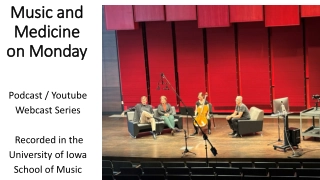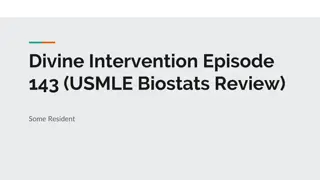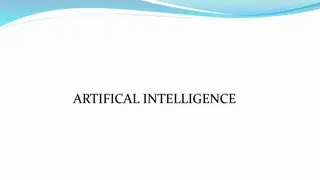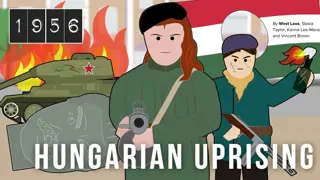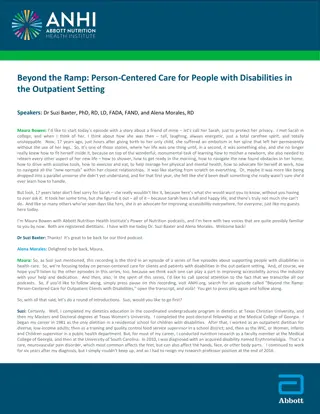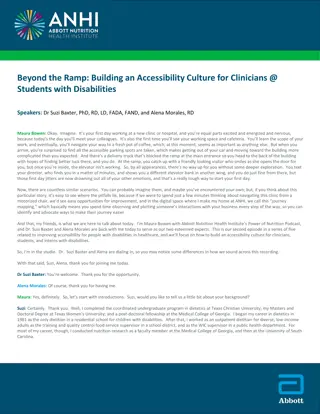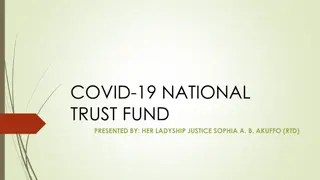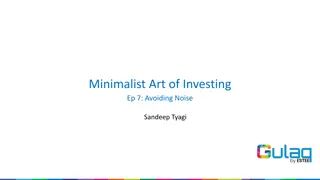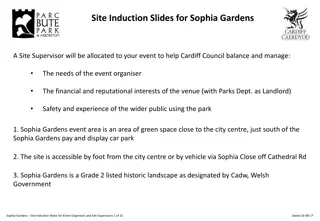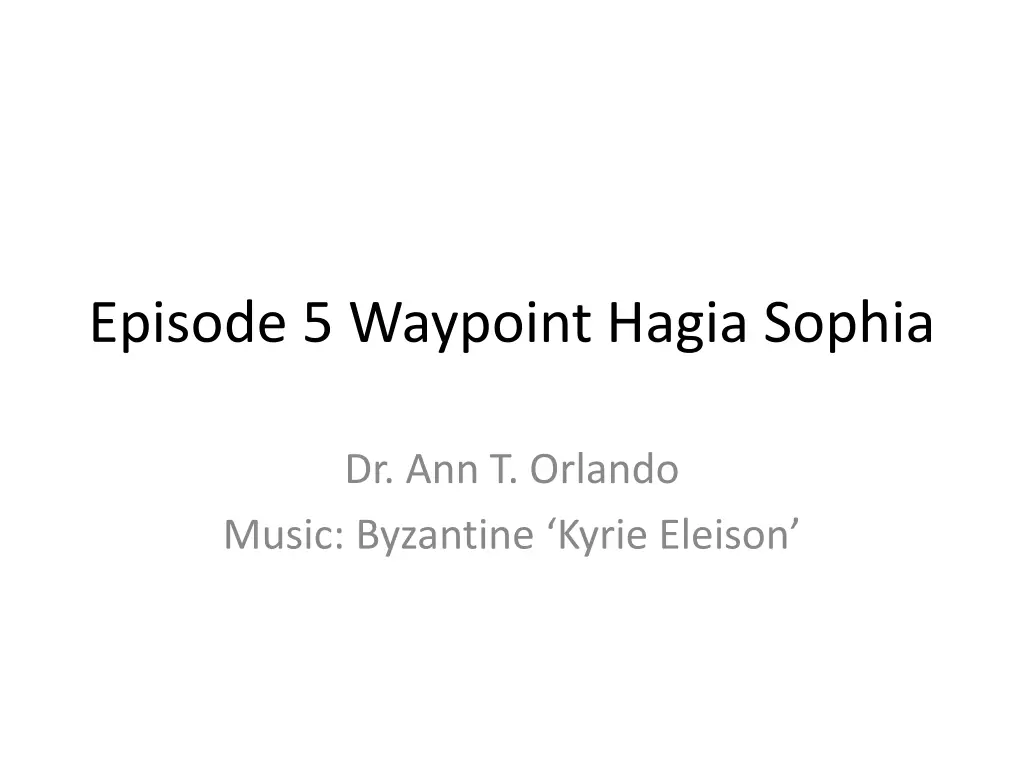
Hagia Sophia: Symbol of Byzantine Brilliance
Discover the captivating history and significance of Hagia Sophia, a masterpiece of Byzantine architecture. Learn about its construction by Emperor Justinian, ecclesial importance, and association with key theologians like St. John Chrysostom. Explore the legacy of the Byzantine Empire and the pioneering achievements in art and architecture at Hagia Sophia.
Download Presentation

Please find below an Image/Link to download the presentation.
The content on the website is provided AS IS for your information and personal use only. It may not be sold, licensed, or shared on other websites without obtaining consent from the author. If you encounter any issues during the download, it is possible that the publisher has removed the file from their server.
You are allowed to download the files provided on this website for personal or commercial use, subject to the condition that they are used lawfully. All files are the property of their respective owners.
The content on the website is provided AS IS for your information and personal use only. It may not be sold, licensed, or shared on other websites without obtaining consent from the author.
E N D
Presentation Transcript
Episode 5 Waypoint Hagia Sophia Dr. Ann T. Orlando Music: Byzantine Kyrie Eleison
Timeline Theme: Development of Eastern (Orthodox) Christianity Catholic and Orthodox synonymously until early Middle Ages
Building of Hagia Sophia Hagia Sophia, Greek for Holy Wisdom, was first built by Constantine the Great in his new city of Constantinople (New Rome) in 4thC St. Andrew, apostle and brother of St. Peter, as the patron After series of calamities including an earthquake and riots, this building was destroyed in the early 6thC Rebuilt by Emperor Justinian Dedicated in 537 Basically building we have now http://upload.wikimedia.org/wikipedia/commons/thumb/0/06/Istanbul.Hagia_Sophia075.jpg/220px-Istanbul.Hagia_Sophia075.jpg
Architecture of Hagia Sophia Most sophisticated and stunning building in the world Remained largest Christian Church for nearly 1,000 years Domes and vaults new dimension in architecture Mosaics new development in Christian art
Ecclesial Importance of Hagia Sophia Cathedral Church for most important Eastern Bishop, the Patriarch of Constantinople Many important theologians were associated with Hagia Sophia; Greek Fathers and Doctors of the Church St. Gregory Nazianzus (325-389, Feast Day Jan 2) St. John Chrysostom (347- 407, Feast Day Sept 13 ) http://upload.wikimedia.org/wikipedia/commons/thumb/c/cf/Johnchrysostom.jpg/220px-Johnchrysostom.jpg
Four Greek Fathers of Church St. Athanasius St. Basil the Great St. Gregory Nazianzus St. John Chrysostom
Emperor Justinian Became emperor in 525 (b. 482-d. 565) Briefly won back part of Italy from the German barbarians Built Byzantine churches throughout the Mediterranean Famous for revising the Roman Law Code
Byzantine Empire Some historian begin the Byzantine Empire with Justinian Byzantine is a 19thC term Greek-speaking, Eastern Roman Empire Endure until 1453 Greatest enemy rises in the 7thC from the Arab deserts: Islam
Rise of Islam Muhammad (570-632) The flight from Mecca to Medina (622) is beginning of Muslim calendar (prior to this time, referred to a Age of Ignorance) Qur an is revelation given to Muhammad; its language, Arabic, is part of that revelation Founded a religious and political movement aimed at uniting all Arab tribes. By 716 all of North Africa, Sicily and the Iberian peninsula was under Muslim control By 730 France and Constantinople were threatened
Icons and Iconoclasm To counter Islam, some Byzantine Emperors in 8thC attempt to destroy all icons Supported image breaking iconoclasm as a way to attract Muslims to Christian orthodoxy Eastern monks vehemently opposed iconoclasts St. John Damascene (675-749, Feast Day Dec. 4 ) Monk at St. Sabas near Jerusalem Strong theological defense of icons Differentiated types of worship and honor (CCC) Doctor of Church who wrote extensively on Assumption of May
Fall of Constantinople File:Gentile Bellini 003.jpg Turkish tribes from steppes of central Asia, though Muslims, started to invade Arab-dominated territories of Persia and Mesopotamia As they moved West, led to conflicts with Byzantine Empire Crusades started as an effort by the West to defend Christian East and to re-capture Holy Land But Crusaders did irreparable harm to Byzantium, especially in 4thCrusade of 1204 Constantinople finally fell to the Turks led by Mehmet II in 1453 On entering Hagia Sopia, he stopped to pray there, turning it immediately into a mosque Mosaics and other Christian decorations were white- washed Name of Constantinople changed to Istanbul Mehmet II was beginning of Ottoman Empire Lasted until end of World War I
Expansion of Orthodoxy to Russia Prince Vladimir of Kiev converts to orthodox Christianity in 989 Orthodox missionaries to Slavs and Eastern Vikings introduce Greek letters Kiev is capital of Russian orthodoxy until transfer to Moscow in 13thC When Constantinople (New Rome) falls, Moscow becomes for Orthodox world Third Rome until Russian Revolution St. Basil s built by Ivan the terrible in 1555 at center of Moscow A museum today
Relations Between Roman Catholic and Orthodox Churches Over the centuries Greek- speaking East and Latin- speaking West drifted apart Political and some theological issues Ecclesial role of papacy In 1054 the Pope and Patriarch of Constantinople declared each other anathema Pope Paul VI and Patriarch Athenagoras met in Jerusalem in 1964 and lifted the anathemas
Hagia Sophia Today In 1930s Ataturk became first president of secular government in Turkey, converted Hagia Sophia to a museum The museum is one of most important tourist locations in Turkey Many of the early Christian mosaics and frescoes are being restored But still a very politically and religiously sensitive location
Next Waypoints: Development of Monasticism Irish Monasticism Benedictines http://64.19.142.11/upload.wikimedia.org/wikipedia/commons/thumb/9/98/Monasterboice_12.jpg/220px-Monasterboice_12.jpg


